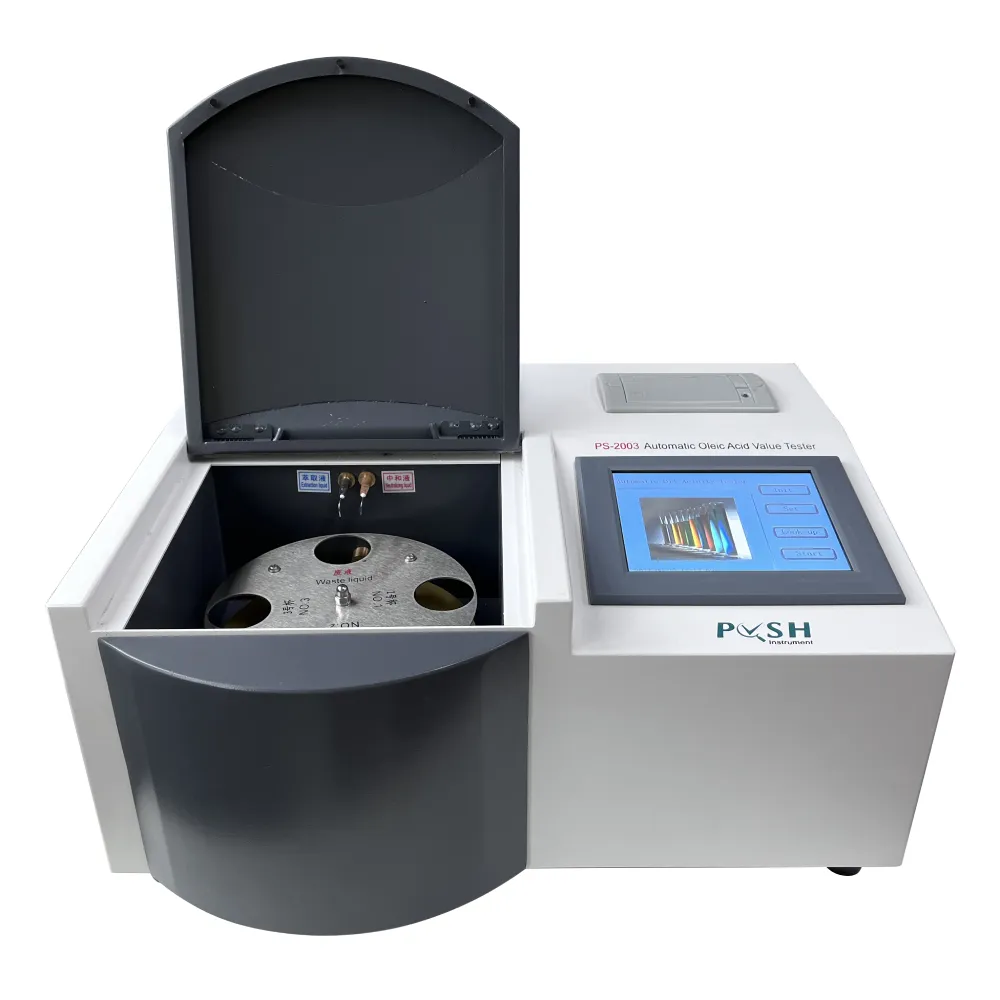TEL:
+86-0312-3189593
 English
English

Telephone:0312-3189593

Email:sales@oil-tester.com

-
 Afrikaans
Afrikaans -
 Albanian
Albanian -
 Amharic
Amharic -
 Arabic
Arabic -
 Armenian
Armenian -
 Azerbaijani
Azerbaijani -
 Basque
Basque -
 Belarusian
Belarusian -
 Bengali
Bengali -
 Bosnian
Bosnian -
 Bulgarian
Bulgarian -
 Catalan
Catalan -
 Cebuano
Cebuano -
 China
China -
 China (Taiwan)
China (Taiwan) -
 Corsican
Corsican -
 Croatian
Croatian -
 Czech
Czech -
 Danish
Danish -
 Dutch
Dutch -
 English
English -
 Esperanto
Esperanto -
 Estonian
Estonian -
 Finnish
Finnish -
 French
French -
 Frisian
Frisian -
 Galician
Galician -
 Georgian
Georgian -
 German
German -
 Greek
Greek -
 Gujarati
Gujarati -
 Haitian Creole
Haitian Creole -
 hausa
hausa -
 hawaiian
hawaiian -
 Hebrew
Hebrew -
 Hindi
Hindi -
 Miao
Miao -
 Hungarian
Hungarian -
 Icelandic
Icelandic -
 igbo
igbo -
 Indonesian
Indonesian -
 irish
irish -
 Italian
Italian -
 Japanese
Japanese -
 Javanese
Javanese -
 Kannada
Kannada -
 kazakh
kazakh -
 Khmer
Khmer -
 Rwandese
Rwandese -
 Korean
Korean -
 Kurdish
Kurdish -
 Kyrgyz
Kyrgyz -
 Lao
Lao -
 Latin
Latin -
 Latvian
Latvian -
 Lithuanian
Lithuanian -
 Luxembourgish
Luxembourgish -
 Macedonian
Macedonian -
 Malgashi
Malgashi -
 Malay
Malay -
 Malayalam
Malayalam -
 Maltese
Maltese -
 Maori
Maori -
 Marathi
Marathi -
 Mongolian
Mongolian -
 Myanmar
Myanmar -
 Nepali
Nepali -
 Norwegian
Norwegian -
 Norwegian
Norwegian -
 Occitan
Occitan -
 Pashto
Pashto -
 Persian
Persian -
 Polish
Polish -
 Portuguese
Portuguese -
 Punjabi
Punjabi -
 Romanian
Romanian -
 Russian
Russian -
 Samoan
Samoan -
 Scottish Gaelic
Scottish Gaelic -
 Serbian
Serbian -
 Sesotho
Sesotho -
 Shona
Shona -
 Sindhi
Sindhi -
 Sinhala
Sinhala -
 Slovak
Slovak -
 Slovenian
Slovenian -
 Somali
Somali -
 Spanish
Spanish -
 Sundanese
Sundanese -
 Swahili
Swahili -
 Swedish
Swedish -
 Tagalog
Tagalog -
 Tajik
Tajik -
 Tamil
Tamil -
 Tatar
Tatar -
 Telugu
Telugu -
 Thai
Thai -
 Turkish
Turkish -
 Turkmen
Turkmen -
 Ukrainian
Ukrainian -
 Urdu
Urdu -
 Uighur
Uighur -
 Uzbek
Uzbek -
 Vietnamese
Vietnamese -
 Welsh
Welsh -
 Bantu
Bantu -
 Yiddish
Yiddish -
 Yoruba
Yoruba -
 Zulu
Zulu
Φεβ . 15, 2025 06:10
Back to list
PS-ZK03 Transformer Short Circuit Impedance Tester
The transformer short circuit impedance test is a critical procedure for evaluating the performance and reliability of transformers used in electrical power systems. This test serves as a definitive assessment of a transformer’s impedance, an integral factor that influences its capacity to efficiently transfer electrical power under load conditions. By examining this characteristic, engineers and technicians are able to determine the transformer's potential losses and its ability to withstand fault conditions, thereby ensuring the safety and efficiency of power distribution networks.
Authoritative publications highlight the utility of these tests in predictive maintenance strategies. Data gleaned from short circuit impedance tests can foretell potential degradation or malfunctioning of transformer components, enabling proactive maintenance schedules that optimize performance and extend operational lifespan. This preemptive approach not only mitigates the risks of unexpected failures but also aligns with sustainable practices by reducing the frequency of replacements and conserving resources. Trustworthy and transparent documentation of the short circuit impedance test process is a trademark of expert electrical engineering firms. They meticulously record test procedures, adhere to methodical calibration and standardization practices, and provide detailed analysis reports that offer stakeholders confidence in their power system's integrity. Employing seasoned professionals to conduct these tests ensures the credibility and reliability of the results, a cornerstone for establishing consumer trust in electrical equipment suppliers. Overall, the comprehensive insights and actionable data attained from transformer short circuit impedance tests underscore their significance in the larger framework of electrical system design and maintenance. They not only validate the technical competency of transformers but also aid in fostering an environment of safety, efficiency, and reliability. As such, incorporating these tests into routine transformer assessments is not merely recommended; it is essential for ensuring modern power systems meet the demands of today’s dynamic electrical landscapes.


Authoritative publications highlight the utility of these tests in predictive maintenance strategies. Data gleaned from short circuit impedance tests can foretell potential degradation or malfunctioning of transformer components, enabling proactive maintenance schedules that optimize performance and extend operational lifespan. This preemptive approach not only mitigates the risks of unexpected failures but also aligns with sustainable practices by reducing the frequency of replacements and conserving resources. Trustworthy and transparent documentation of the short circuit impedance test process is a trademark of expert electrical engineering firms. They meticulously record test procedures, adhere to methodical calibration and standardization practices, and provide detailed analysis reports that offer stakeholders confidence in their power system's integrity. Employing seasoned professionals to conduct these tests ensures the credibility and reliability of the results, a cornerstone for establishing consumer trust in electrical equipment suppliers. Overall, the comprehensive insights and actionable data attained from transformer short circuit impedance tests underscore their significance in the larger framework of electrical system design and maintenance. They not only validate the technical competency of transformers but also aid in fostering an environment of safety, efficiency, and reliability. As such, incorporating these tests into routine transformer assessments is not merely recommended; it is essential for ensuring modern power systems meet the demands of today’s dynamic electrical landscapes.
Latest news
-
Testing Equipment Industry Sees Major Advancements in 2025: Smart & Precision Technologies Lead the WayNewsJun.06,2025
-
Applications of Direct Current Generators in Renewable Energy SystemsNewsJun.05,2025
-
Hipot Tester Calibration and Accuracy GuidelinesNewsJun.05,2025
-
Digital Circuit Breaker Analyzer Features and BenefitsNewsJun.05,2025
-
Benefits of Real-Time Power Quality Monitoring Devices for Industrial EfficiencyNewsJun.05,2025
-
Earth Fault Loop Testing in High-Rise Building Electrical SystemsNewsJun.05,2025



